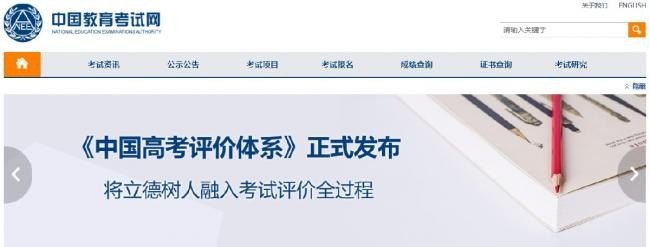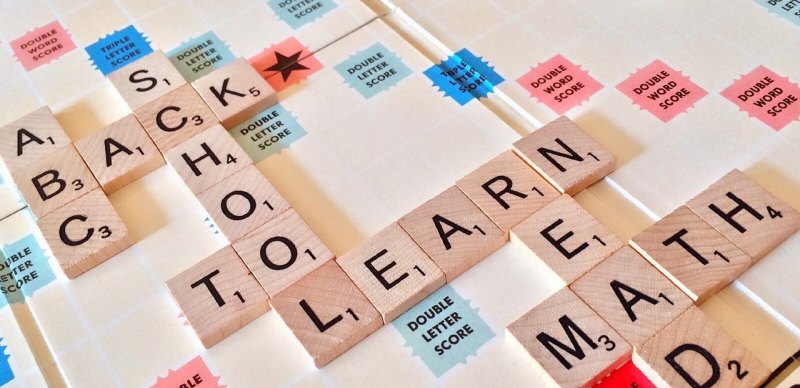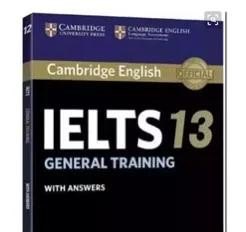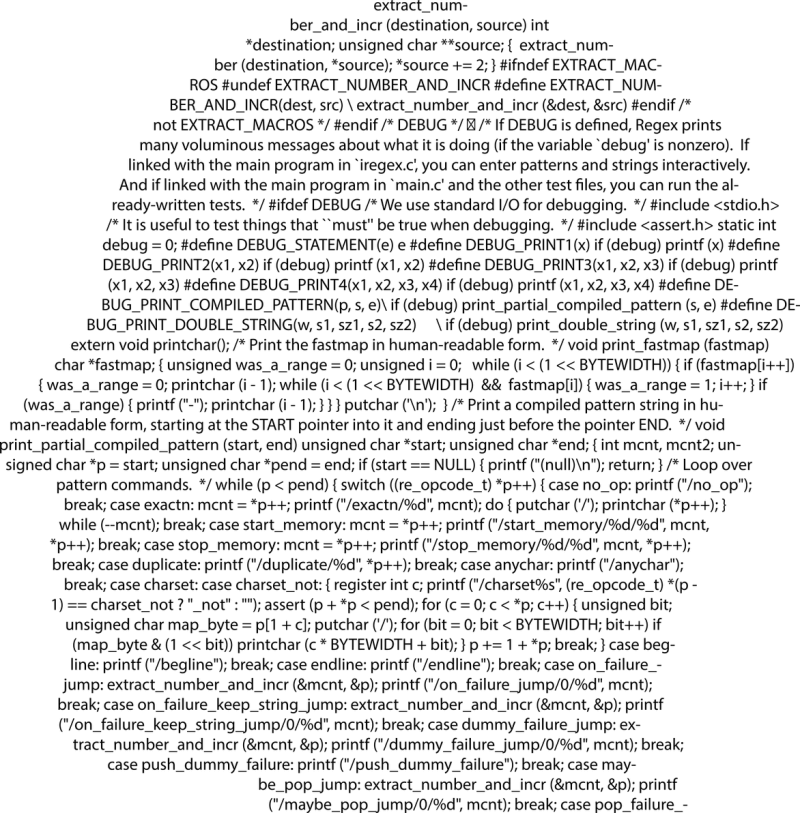主语后面什么时候用复数
主语后面谓语动词用复数,因为词性为代词时,意思是“大多数人,许多人”,例如:
Many were suspicious of reform.许多人对改革持怀疑态度(摘自《牛津词典》)(本句中,many作主语,后面用了复数谓语动词were suspicious,因为many指“许多人”)
英语中,谓语动词必须与主语的人称和单复数保持一致的关系,即单数的主语或不可数名词必须用单数形式的谓语,而名词复数的主语必须用复数的谓语。
如:
She is a student。
They are students。
第一个句子中的is就是谓语动词,用的是单数。
第二个句子中的are就是复数的谓语动词。
所谓的谓语动词就是用来做谓语的
There is some milk in the cup.
There is a pen and a book on the desk.
英语中的主语可以由多种词性的单词充当,例如,代词、名词等,也可以由分词短语、从句或不定式来充当
由as well as(也), rather than(而不是), as much as, more than, no less than 等连接的并列主语,谓语动词通常与前面一个主语保持一致。
如:
Jack as well as us has saw that scene.不仅Jack看到了那幅景象,我们也看到了那幅景象。
The father rather than the children is to blame.应受责备的是父亲而不是孩子们。
由and和both...and连接的并列主语,谓语动词通常用复数。
如:
Both brother and sister are lovely. 兄妹俩都很可爱。
当由and连接的两个并列主语受each, every, no的修饰时,谓语用单数;
当and连接两个数相加时,谓语动词可用单数或复数;
当and连接的两个的词语指同一个人或事物时,谓语通常要用单数。
由or, nor, either...or, neither…nor, not only…but also, not…but等连接的并列主语,谓语动词的单复数遵循就近原则。
如:
Lucy or I am right. Lucy或者我是正确的。
Not only the children but also the mother wants to go.
不仅孩子们想去,母亲也想去。
主语后面使用复数形式的情况有很多,以下是一些常见的情况:
1. 当主语是可数名词且表示一个以上数量的时候:
- Cats are animals.
- Dogs chase after balls.
- Students study in schools.
- Trees provide shade in the park.
2. 当主语是由多个单数名词组成的复合主语时:
- Tom and Mary are siblings.
- Apples, oranges, and bananas are fruits.
- The teacher and the students are in the classroom.
3. 当主语是集体名词时,表示其中的个体成员时,通常使用复数形式:
- The committee have made their decision.
- The team were celebrating their victory.
4. 当主语是不可数名词,但表示复数概念时,常使用复数形式 - His knowledge and skills were impressive.
- Her clothes are stylish.
需要注意的是,有些名词虽然是复数形式,但在使用时却表示一个整体,如news,mathematics等。在这种情况下,动词仍然使用单数形式。
- The news is shocking.
- Mathematics is my favorite subject.
总之,当主语表示多个个体、复合主语、集体名词中的个体成员或不可数名词表示复数概念时,通常使用复数形式。















